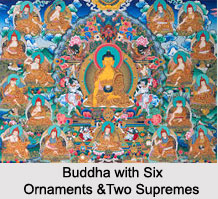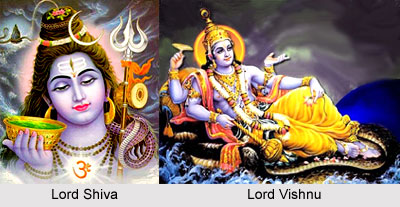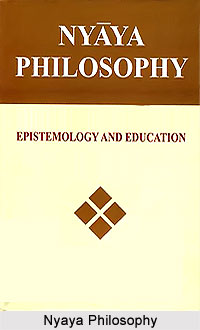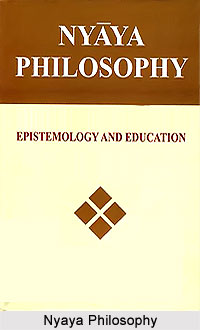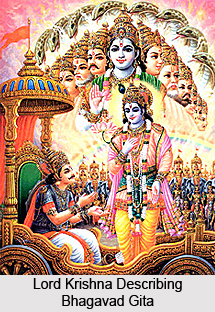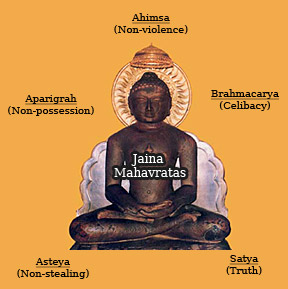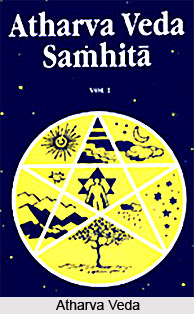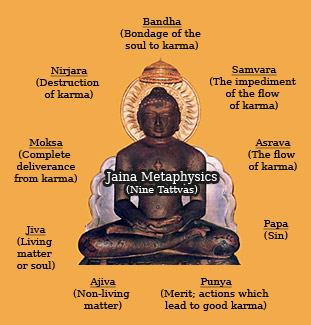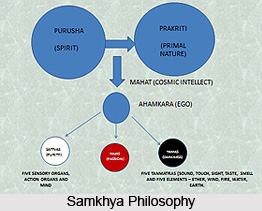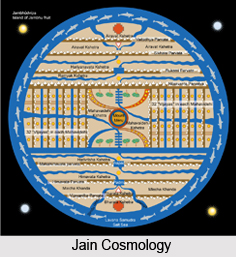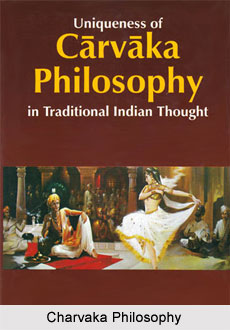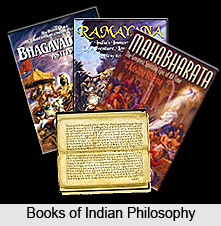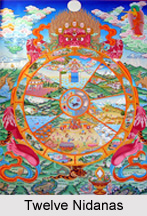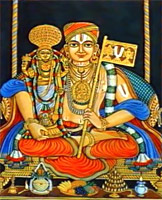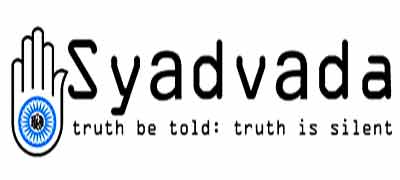 Syadvada is also known as Anekantavada which means many-sided view-point. It provides the instruction which one uses to derive axiom. The starting assumption is saptabhanginaya from which other statements are derived. On the basis of Syadvada seven fold predications have been created and they are:
Syadvada is also known as Anekantavada which means many-sided view-point. It provides the instruction which one uses to derive axiom. The starting assumption is saptabhanginaya from which other statements are derived. On the basis of Syadvada seven fold predications have been created and they are:
Syad asti (perhaps is): According to this point of view, of its own material, place, time and nature, a thing is, i.e. exists as itself. It is an affirmative predication about a thing in relation to its own material, location, time and existence. A material in its particular shape, of a particular material exists in a particular place at a particular time.
Syad nasti(perhaps is not): It is a negative predication about a thing exists in relation to its alien substance , locality et cetra. This view holds that of the material, place, time and nature of another thing, a thing is not, i.e. it is not no-thing. The material does not exist as made of metal, at a different place or time or of a different shape and size.
Syad asti nasti(perhaps is and is not): This view holds affirmative and negative predications about the existence of a thing in relation to its own substance , location etc. From this point of view of the same quaternary, relating to itself and another thing, it may be said that a thing exists and may not exist.
Syad avaktavya(perhaps inexpressible):The inexpressible connotes the attempt of representation of both the affirmative and the negative in the same predication. According to this sense a thing is unpredictable. Th entire thing remains inexpressive instead of the presence of both.
Syad asti avaktavya(perhaps is and is inexpressible): This belief holds the relation of a thing to an alien substance, locality, existence etc as well as its inexpressibility.
Syad nasti avaktavya(perhaps is not, and is inexpressible):This belief points out that a relationship of a thing is noted with to an alien object et cetra with its inexpressibility.
Syad asti nasti avaktavya(perhaps is , is not, and is inexpressible): from this point of view, the inexpressibility of a thing as well as its actual materialistic existence is noted.
Among these seven possible ways of speaking about a thing or its attributes, the first two are the chief. It is the simple affirmative that a thing is in its `svarupa` or own form, `svadravya` or own matter, `svaksetra` or own place, and `svakala` or own time, and the simple negative that a thing is not in its `pararupa` or other form, `paradravya` or other matter, `paraksetra` or other place, and `parakala` or other time. This school of thought insists on the correlativity of affirmation and negation. The character of the judgements is double-edged. The materials are defined simultaneously as existent and non existent (sadasadatmakam). This philosophy holds the view that everything possesses a positive basis though having a negative point.
These seven schemes are created in context of eternality, identity and difference of any object. It is believed that these seven modes of predication give a befitting definition of reality. It is presumed that the combination of opinion cannot be more than seven as reality is open to not more than seven statements. This is because it is believed that any complex situation can be solved by seven-fold technique. Therefore this doctrine is neither paradoxical nor vague.
This doctrine is also called the doctrine of saptabhangi which means the doctrine of seven-fold predication.
Significance of Syadvada
Syadvada aims to unify and synthesize the individual view points into a predictable one. Syadvada is intended to ontological problems as well has a bearing upon man`s psychological and holy life. Syadvada has supplied cosmopolitan thought. This doctrine brings out the entirety of approach of the Jain Philosophers to human problems.



